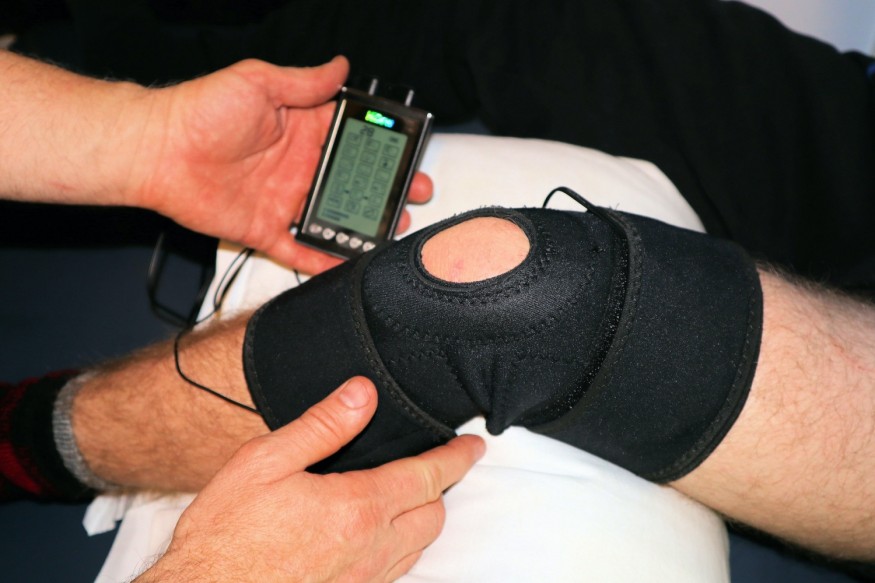
When it comes to injury rehabilitation, few strategies are as critically influential as controlled stretching. Particularly for a torn meniscus, the journey to recovery often revolves around various physical therapy routines, with controlled stretching being a significant part of the process.
Understanding a Torn Meniscus
A meniscus tear, a common knee injury, is often caused by forcefully twisting or rotating the knee while bearing weight on it. This affliction isn't exclusive to athletes-anyone can experience a meniscus tear. It's essential to note that immediate medical attention is necessary for optimal recovery.
The Rehabilitation Process
In the aftermath of this injury, rehabilitation becomes the cornerstone of regaining knee function. Among the different therapeutic modalities, controlled stretching holds a significant role, working in concert with rest, ice, compression, and elevation (RICE).
The Importance of Controlled Stretching
Controlled stretching plays an indispensable role in torn meniscus rehabilitation, particularly because it aids in restoring flexibility, enhancing circulation, reducing muscle stiffness, and fostering a faster healing process. This critical process is not to be taken lightly-it requires expert oversight and patience to ensure safe and effective recovery.
Guided Flexibility Exercises
Flexibility exercises that gently stretch the knee joint help maintain mobility and may accelerate recovery. These exercises are specifically designed to gently move the knee and gradually increase its range of motion, therefore helping to prevent further damage.
Enhanced Blood Circulation
Blood circulation plays a crucial role in the healing process. When the knee is gently stretched, blood flow to the area increases, which in turn may expedite healing by delivering necessary nutrients and oxygen to the injury site.
Reduced Muscle Stiffness
During the rehabilitation period, a lack of movement can lead to muscle stiffness. By incorporating controlled stretching into the routine, one can effectively combat this issue and ensure the knee remains flexible and less prone to further injury.
Proper Procedure and Precautions
While controlled stretching provides numerous benefits, it's important to remember that it should always be performed under the guidance of a professional physiotherapist. Moreover, the process should be gradual to avoid further damage-remember that the goal is controlled stretching, not intense straining.
One prime example of torn meniscus stretching involves sitting on the floor with legs extended. The therapist assists the patient in gently bending the affected knee, holding the stretch for a few seconds before releasing. This exercise is usually repeated several times under professional supervision.
What to Expect During the Rehabilitation Period
During the rehabilitation period, patients are likely to experience improvements in flexibility, strength, and overall function of the knee. However, progress might be slow-it's essential to be patient and consistent with the rehabilitation routine.
Why a Meniscus Tear Requires Special Care
The meniscus plays a pivotal role in maintaining the overall stability and smooth functioning of the knee joint. It serves as a cushion, absorbing the impact of our body's movements on the knee. A torn meniscus, therefore, can dramatically disrupt one's mobility. It's not just the severe pain that poses a problem-long-term issues like osteoarthritis might also arise if proper care isn't taken. Hence, the importance of rehabilitation, particularly controlled stretching, in the recovery process becomes even more evident.
The Role of a Physiotherapist in Meniscus Rehabilitation
Given the complexity of the knee joint and the delicate nature of a torn meniscus, a physiotherapist's role is pivotal in rehabilitation. These professionals possess the necessary knowledge and experience to guide patients through their recovery journey safely. They customize a stretching routine that matches the patient's specific needs and progress, ensuring that the knee is neither underworked nor overworked. This balance is key to restoring the knee's functionality and range of motion over time.
Complementary Therapies in Meniscus Rehabilitation
While controlled stretching takes center stage in torn meniscus rehabilitation, it doesn't act alone. It's part of a wider rehabilitation program that often includes strength training, balance exercises, and sometimes even massage. These additional therapies serve to supplement the benefits gained from stretching, working together to aid in reducing inflammation, improving muscle tone, and enhancing balance and stability. All these components come together to provide a comprehensive rehabilitation strategy that addresses all facets of knee health post-injury.
Conclusion
Injury recovery, especially from something as significant as a torn meniscus, is a complex process that requires a multifaceted approach. Controlled stretching, under the supervision of a qualified physiotherapist, plays a crucial role in this journey. When supplemented with other therapies like strength training and balance exercises, it can significantly enhance the recovery process. By diligently following the prescribed routines and staying patient, one can successfully navigate the path to recovery and regain optimal knee functionality.












